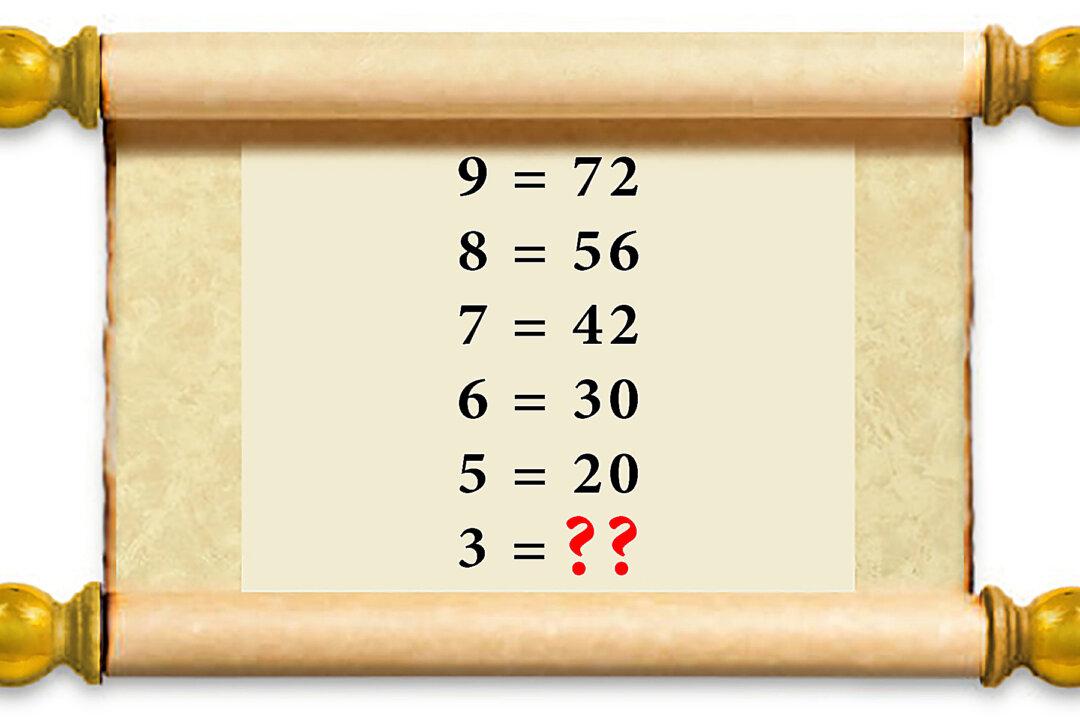When there’s a tradition as broad and deep (and fascinating) as math, there are bound to be aficionados who are nuts about the subject—in other words, geeks. They are sure to compulsively and meticulously nitpick minor details that ordinary practitioners would miss.
Such math fans failed to miss the alleged quirk in the sequence given here (shown below). Reportedly, millions of people have been debating that there is more than one solution—insisting that there are in fact two “secret” solutions for the gifted among us to figure out.





